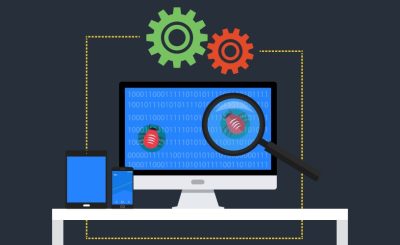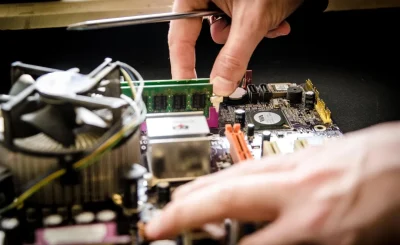Healthcare offices face a daunting number of challenges. Staying on top of patient information and regulatory guidelines can be time-consuming and stressful, not to mention costly. One way that practices can alleviate these issues is by using verification software.
Verification software ensures that patient information is accurate and up-to-date, which helps providers handle scheduling issues more efficiently, cut down on the number of missed appointments, and reduce the risk of identity theft or improper billing. In addition,verification software allows practices to send and receive responses electronically rather than relying on faxes or phone calls, which reduces staff time needed for verifications while also supporting regulatory compliance standards like HIPAA.
Ensures patient information is accurate and up-to-date
Verification software is a valuable tool for providers, allowing them to send and receive responses electronically. This can help you meet regulatory compliance standards and reduce the time needed for verifications.
Verification software also allows you to send and receive responses electronically. Additionally, it can help healthcare providers meet regulatory compliance standards, reduce the time needed for verifications, and ensure patient information is accurate and up-to-date.
Allow practices to send and receive responses electronically
Verification software allows providers to send and receive responses electronically. Providers can send and receive responses electronically at any time, day or night. Providers can also send and receive responses electronically from anywhere—while waiting in line at the grocery store, on vacation in Hawaii, or even at home. It doesn’t matter if you’re using your phone, tablet, or computer; verification software will make it easy for you to send and receive answers from wherever you are.
Reduce staff time needed for verifications
Verification software reduces the time that providers need to spend on verifying insurance.
The average provider spends about 8 hours per week or 1% of their workweek completing verifications. Verification software helps reduce this time by automating much of the process and helping providers quickly find out if patients have insurance, what type of coverage they have, and how much it will cost out-of-pocket. This means providers can take care of more patients in less time while also spending more quality time with each patient.
Help healthcare provider meet regulatory compliance standards
In the medical industry, privacy and security are of utmost importance. Providers are required to meet certain standards, such as HIPAA, HITECH, and the NIST 800-53 security framework. These regulations create a framework that ensures data privacy and security while protecting patients’ medical records from unauthorized access or disclosure.
Verification software can help providers meet regulatory compliance standards. Not only is it important to implement the right technologies, but it’s also imperative to conduct thorough testing to ensure these technologies are being used correctly. If a provider fails to confirm an employee’s identity during a login test, for example, it exposes the patient records of thousands of individuals to compromise.
Conclusion
Technology can be used to reduce risk, time, and cost in healthcare provider offices. Verification software can help by reducing the amount of staff time needed to verify patient information. In addition, it ensures that patient information is accurate and up-to-date. Plus, it allows practices to send and receive responses electronically which reduces the chance of them getting lost or misplaced. Lastly, verification software can help providers meet regulatory compliance standards by making sure they have all of the necessary information on file for their patients before treatment begins








